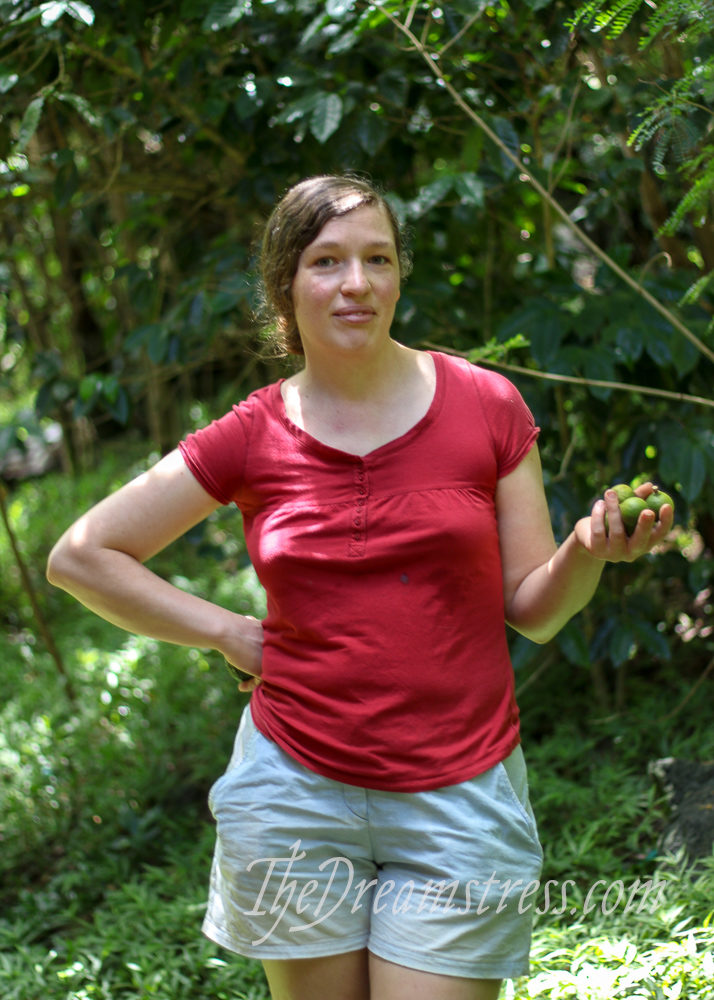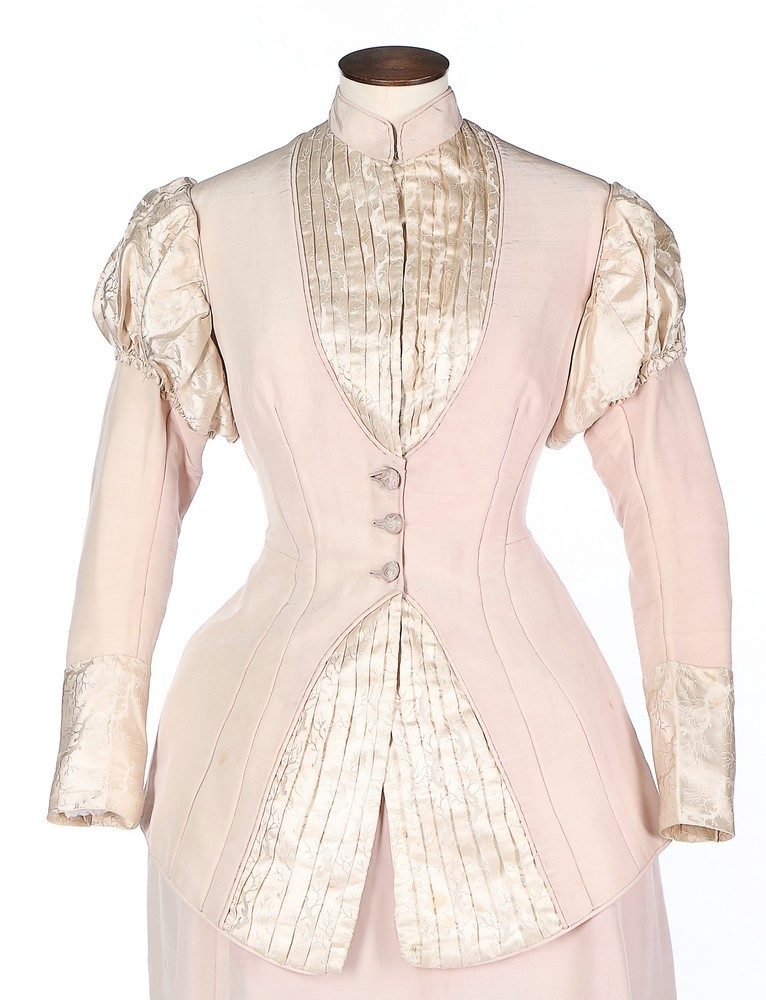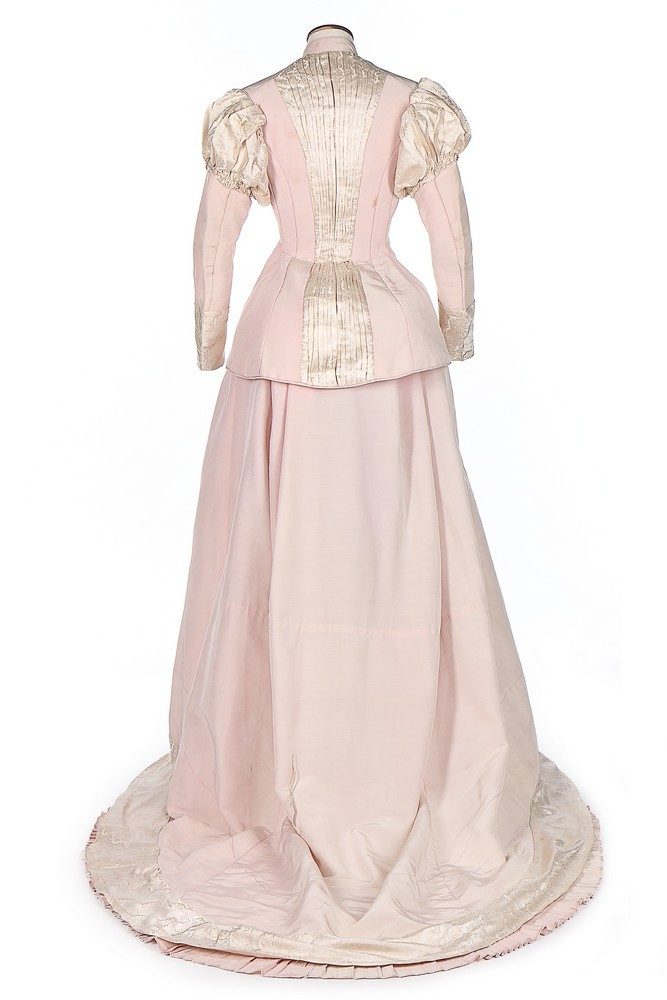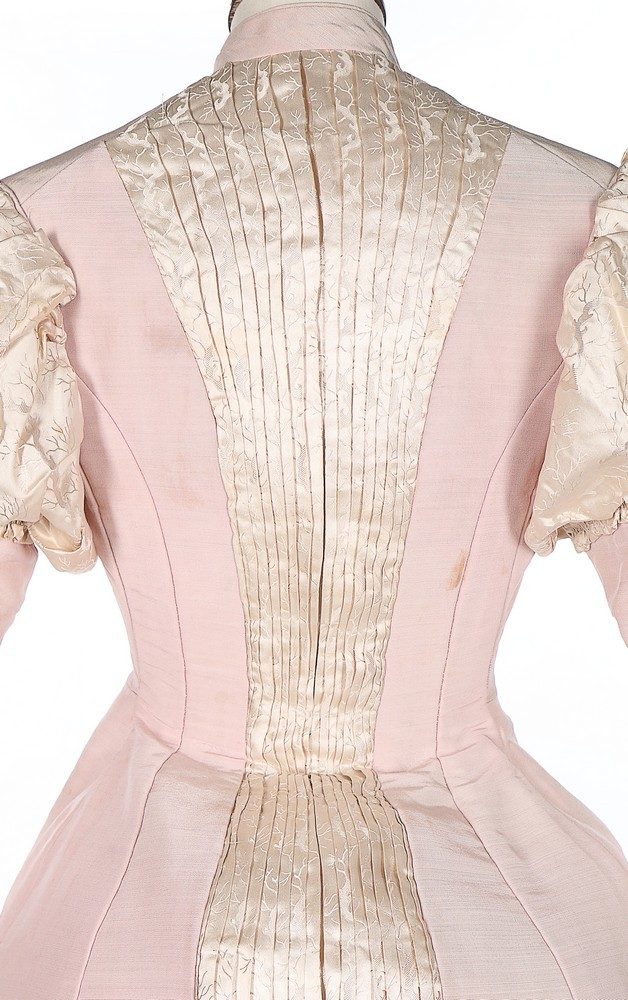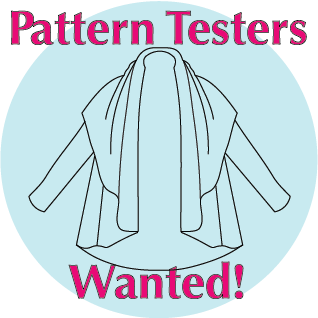Remember my Pants on Fire shorts? (I hope you do, because I love the photos, and the story of how they got their name is pretty hilarious).

I made them to take with me to a visit to my parents on their farm in Hawai’i back in 2016. They were great, but the farm is hard on clothes, and they got thrashed.
Something got on the fabric, or there was something about the fabric, that got this weird bleaching everywhere. Plus there were farm stains.
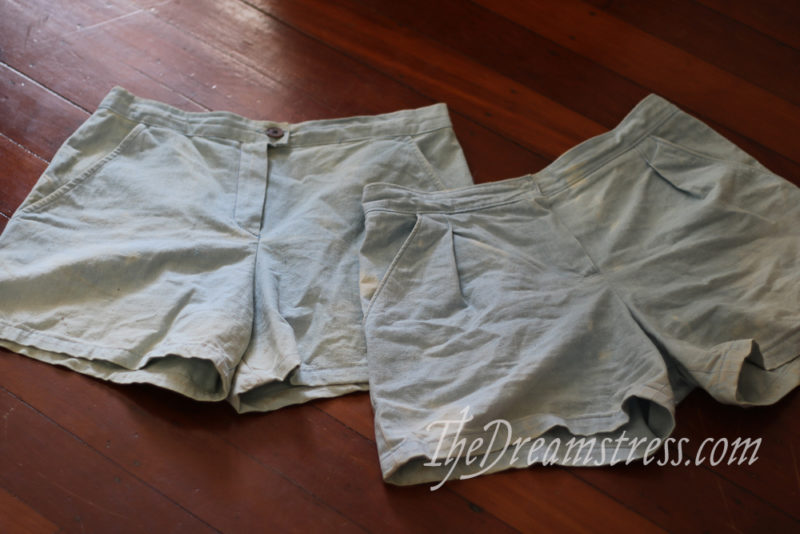
I would have just left them on the farm, to wear the next time I went home to Hawai’i, but I brought them back to Wellington, because I’d made them so quickly I just drew the pattern straight on the fabric, and forgot to keep a copy.
So I took them apart back in Wellington, took patterns off of them, and then I sewed them back up.
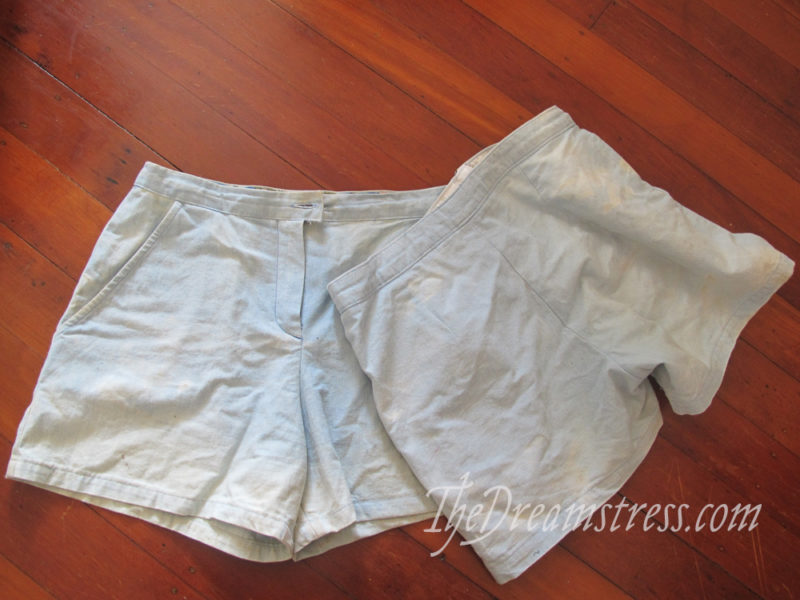
I even took the time to add a zip facing, which I hadn’t originally included, and that meant I had to lengthen the waistband, so now the shorts are a weird patchwork of fabrics on the inside!
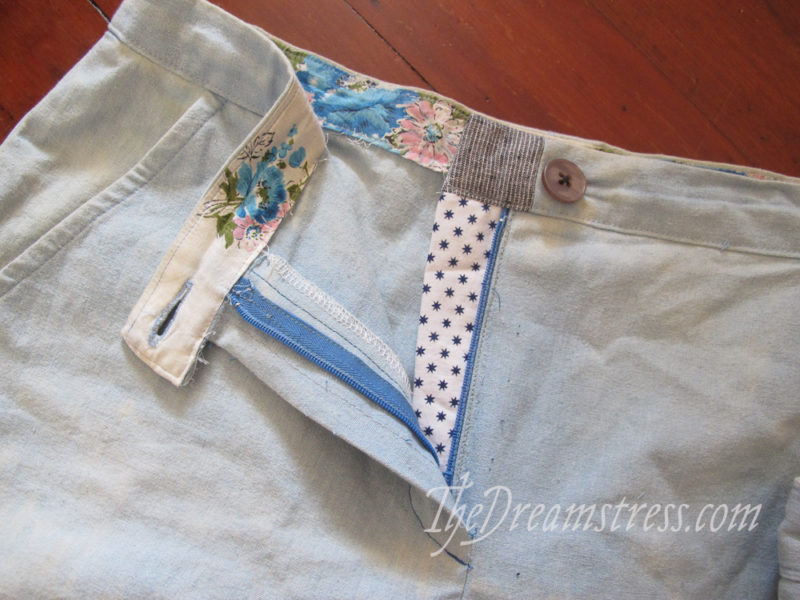
Why bother re-sewing worn, stained shorts?
My mother didn’t teach me to sew, but she did teach me one important thing about sewing: always use good quality fabric. Good quality isn’t the same as expensive, but don’t waste your time on stuff that won’t last.
And she & my dad also taught me another thing, even more important: reducing and re-using are the best way to care for the environment. Things should be cherished, not treated carelessly, and that function is more important than looks. The more uses you can get out of an item, the more you honour its existence and purpose.
(as kids we found Dad’s insistence on taking care of things and repairing things incredibly aggravating – as an adult, I desperately wish everyone of my parent’s generation had had the same convictions – the planet would be in a much better state if their attitude was more common).
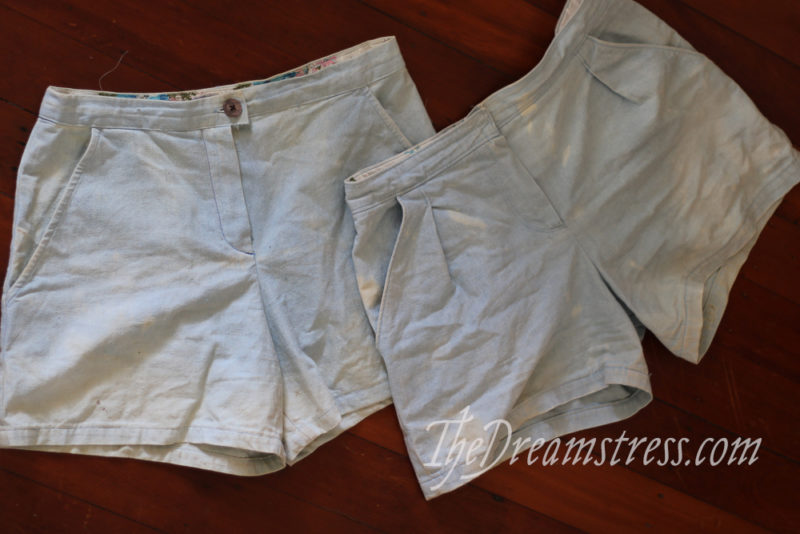
So, these shorts may be stained, but the fabric is still robust, and I can still use them for painting and farm wear and other uses – and the more wears you can get out of a garment, the better.
So my shorts are back in circulation. They went back to Hawai’i with me last year, and got worn, and worn, and worn. This time they stayed there, to be used every time I’m home.
And to celebrate, here is the world’s most unflattering photo of the shorts in action, pockets stuffed full of macadamia nuts and an avocado:
